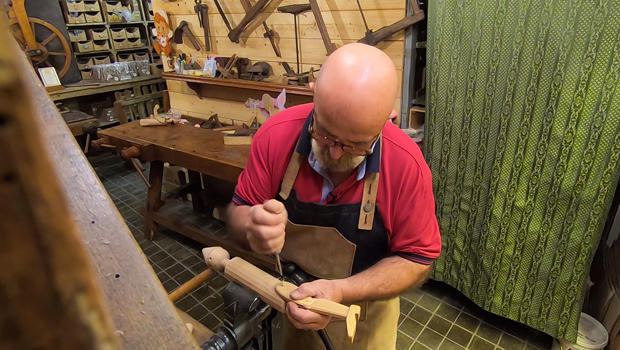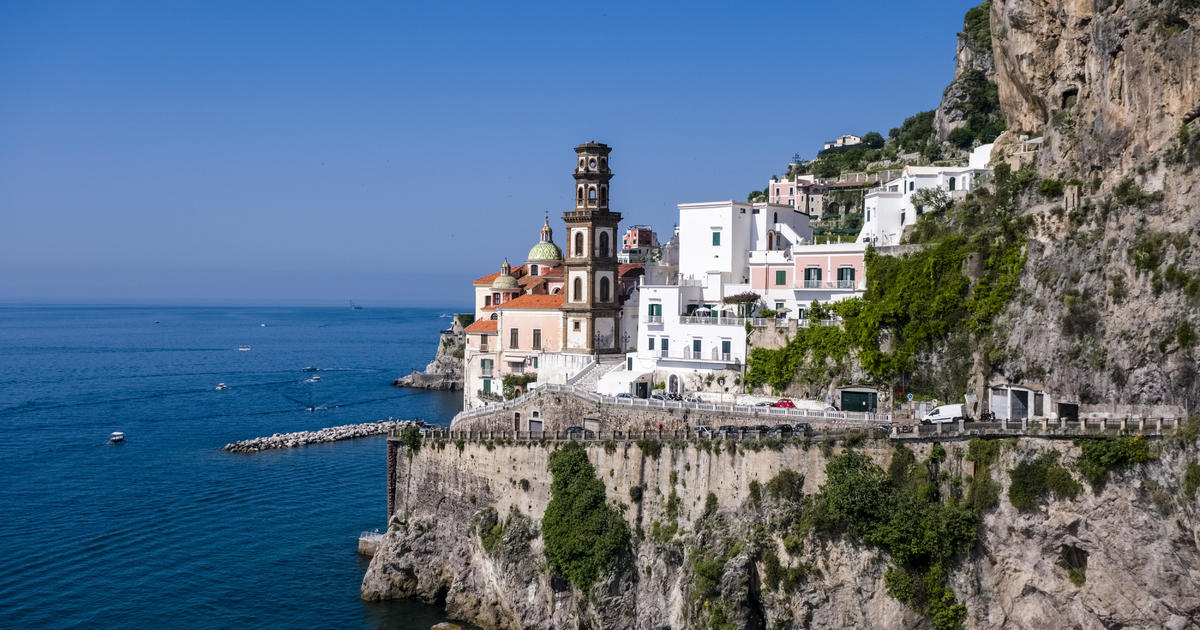The birthplace of Pinocchio
Rome has the Coliseum, Venice its canals. And then there's Collodi, a tiny Tuscan town that lays claim to something just as famous: Pinocchio. Here, the boy-puppet is a giant, a patron saint, memorialized with many tourist trinkets as the Pope himself.
The Pinocchio most of us know is from the Walt Disney version, where the mischievous marionette famously fibs his way out of trouble.
But the film is a much lighter version than what its Italian author had in mind. His name was Carlo Lorenzini, a journalist and author who spent his boyhood in this town, eventually taking its name, Collodi, as his pen name.
At the National Carlo Collodi Foundation, there are hundreds of translations of "Pinocchio" on display. His first appearance was dated July 7, 1881.
Much like the works of Charles Dickens, Collodi's "Pinocchio" was serialized in installments for a magazine; but that version has our poor, misguided puppet paying for his mis-deeds with his life – hanged from a tree.
Yes, the puppet died.
"That was supposed to be the original ending," said librarian Roberto Vezzani. But pressure from his young readers forced Collodi to revive him.
"The kids didn't want him to die!" said correspondent Lee Cowan.
"Yeah, of course so!"
So, Pinocchio got a second chance and, thanks to his good heart, turns from naughty to nice, finally becoming a real boy.
"I think both children and adult people can appreciate this coming-of-age story," Vezzani said.
Collodi's Pinocchio Park is a place as much carnival as sculpture garden, where noses sprout from tree trunks, and puppet shows still delight.
In Florence, about an hour away, you'll find Pinocchio lurking in doorways and on window ledges. There's a statue of Pinocchio outside Fabrizio Gori's restaurant. A true Renaissance man, Gori is also an artist who helped illustrate a modern edition of "Pinocchio" that's currently in the collection at the Museum of Modern Art in New York.
Cowan asked, "So, why do you love it so much?"
"Because, the history is also the history of me," he replied. "Actually, the history of you."
There is perhaps a little bit of Pinocchio is all of us, and the best of us don't grow out of it.
Francesco Bartolucci – a real-life Geppetto – has been carving Pinocchios since he was a boy. His stores sell the wooden toys all over the world. Each is hand-carved, created, not just assembled – an important distinction, he says, when the lights go out.
"Many times when I am in my workshop at night working alone, I have the feeling they come alive, that they are telling me something," Bartolucci said. "It is a very strange feeling, me and my Pinocchio."
Carlo Collodi died before Pinocchio became a household name. Looking back, he was a Geppetto with words instead of wood, whose beloved puppet is still reminding us just what it means to be human.
For more info:
Story produced by Amol Mhatre.






